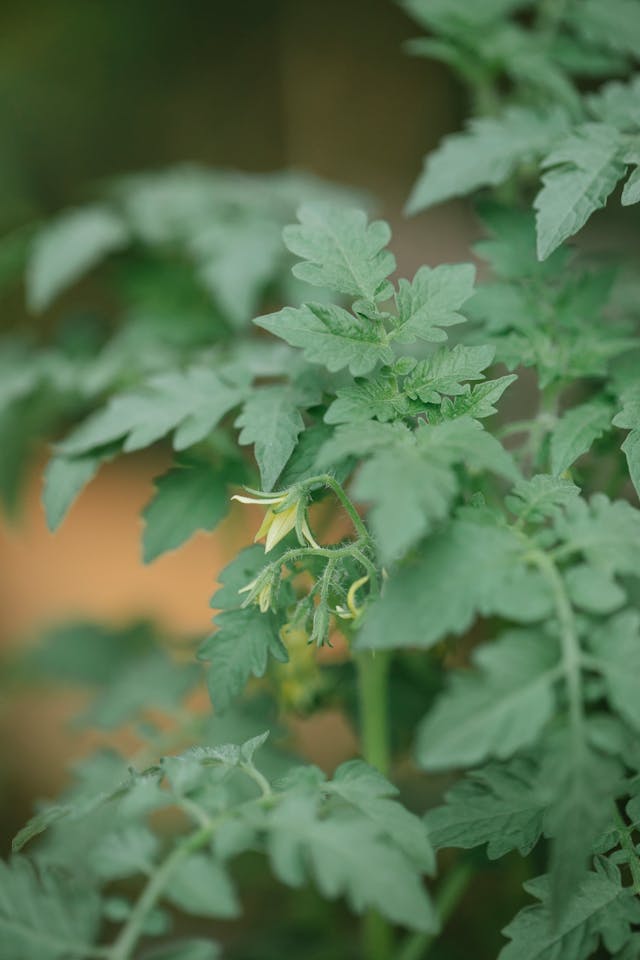
As we delve into the world of gardening, we uncover a technique known as crop rotation. But what exactly does this entail? And why is it so important?
Picture this: a bountiful harvest of juicy, ripe tomatoes. The pride and joy of any gardener, these vibrant fruits adorn your garden with their rich colors and tantalizing aroma. Yet, as the season wanes and the last tomato is plucked, what comes next?
Herein lies the beauty of crop rotation – a practice as old as agriculture itself. It’s the dance of nature, a choreography of growth and replenishment. After the tomatoes have had their time in the sun, it’s time to turn the spotlight onto a new performer.
But what shall follow the tomato spectacle? Ah, that is the question. A question that invites us to explore the intricate tapestry of plant families and their needs. For you see, crop rotation is more than just a sequence of plants; it’s a strategic maneuver to maintain soil health and ward off pests and diseases.
So, what to plant after tomatoes? The answer may surprise you. It’s not just about picking any old plant and slotting it into the ground. No, it’s about selecting the right candidate, one that complements and nourishes the soil after the tomato’s grand finale.
1.Beans
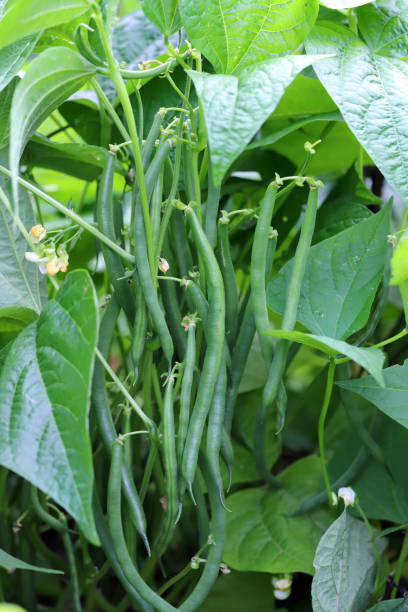
Beans are like the superheroes of the garden, swooping in to save the day by fixing nitrogen in the soil. This means they can help other plants grow big and strong without needing as much fertilizer. And the best part? They’re not high-maintenance at all – just plant them, water them, and watch them flourish.
Apart from their soil-boosting superpowers, beans are also pretty tasty to add to your dishes. From crunchy green beans to creamy white beans, there’s a type for every palate. Plus, they’re so easy to grow that even beginners can have success with them. So why not give beans a try in your garden and reap the benefits of these nitrogen-fixing wonders?
Also Read – Why Are My Tomato Plants Dying
2. Cucumbers
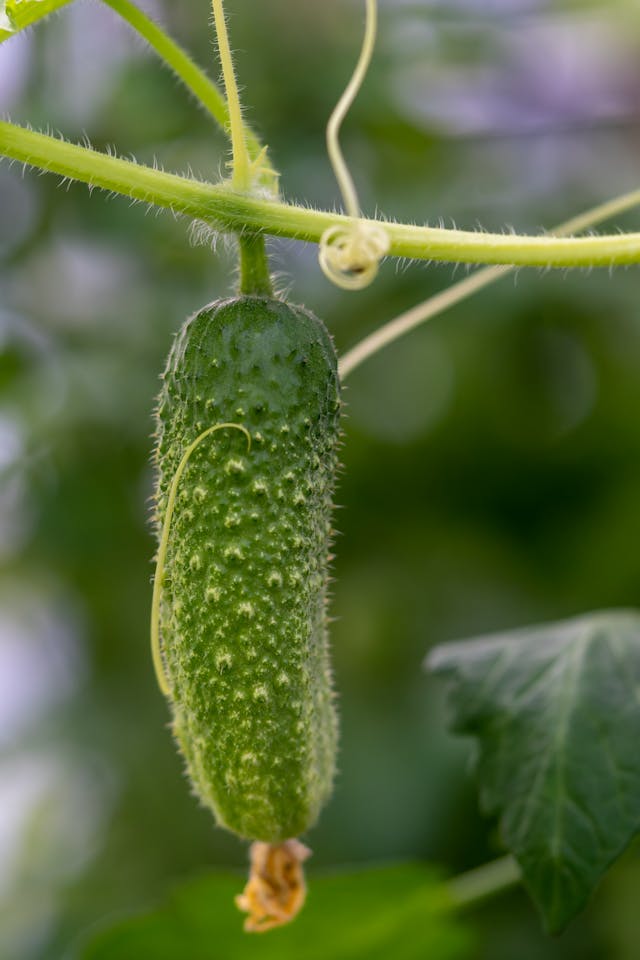
Cucumbers are a refreshing and versatile vegetable that can thrive in the same conditions as tomatoes. They also provide good ground cover to help suppress weeds.
Cucumbers are like the laid-back cousin of the vegetable world – easy-going, adaptable, and always down for a good time in the garden.
They’re the perfect match for tomatoes, sharing the same need for sunshine and warmth. Plant them side by side or Plant After Tomatoes Crop Rotation.
But here’s the real kicker – cucumbers are not just about looking pretty and tasting crisp. Nope, they’re also the garden’s natural weed warriors, spreading out their lush green leaves to create a shady blanket that smothers pesky intruders.
So, while you’re kicking back and enjoying the fruits of your labor (pun intended), those cukes are out there, doing the dirty work of keeping those weeds at bay. It’s like having your own personal garden bodyguard, only way tastier.
Check Out – Can You Plant Rosemary With Tomatoes
3. Peppers
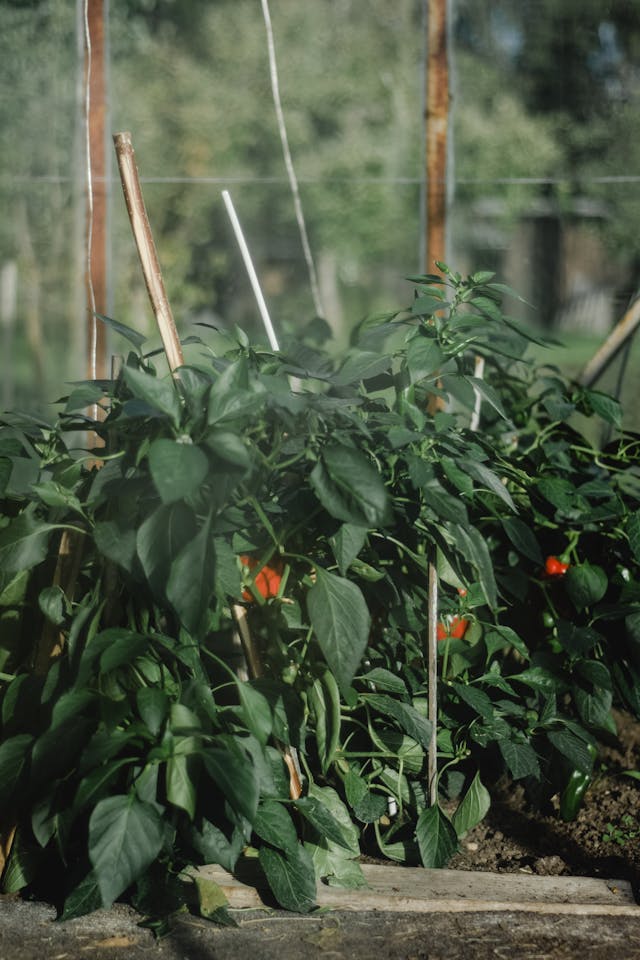
Love adding a pop of color and flavor to your garden? Peppers are the way to go! These vibrant veggies share similar soil needs with their tomato cousins, making them easy to grow side by side. Whether you prefer sweet bell peppers or spicy jalapenos, there’s a pepper variety for every taste bud.
Not only do peppers add some zest to your garden, but they also bring some visual appeal. Imagine the bright reds, oranges, and yellows hanging from the plants – talk about eye candy! Plus, with a little care and attention, you’ll be harvesting a bountiful supply of peppers to add some kick to your dishes.
Peppers are in the same family as tomatoes, so they have similar soil requirements. Plus, they add a pop of color and flavor to your garden.
Recommended If you’re seeking a nutrient-rich soil mix for optimal growth, consider this soil option.
4. Lettuce
If you’re looking for a versatile and easy-to-grow addition to your garden, lettuce is a fantastic choice. This cool-season crop is perfect for planting after your tomatoes in the fall. Not only does lettuce grow quickly, but you can also harvest it multiple times, making it a sustainable option for your kitchen.
With lettuce, you can enjoy fresh salads right from your backyard whenever you want. Its crisp and refreshing leaves are perfect for a light meal or a quick snack. Plus, planting lettuce after tomatoes is a great way to keep your garden productive throughout the changing seasons.
5. Spinach
Spinach is like the Superman of the vegetable world – packed with all the good stuff to keep you healthy and strong. When your tomatoes have had their time to shine, it’s spinach’s turn to take the stage. Just like that dependable friend who’s always there when you need them, spinach swoops in to save the day.
Not only is spinach a nutritional powerhouse, but it’s also a versatile little veggie. You can harvest it young for those delicate baby spinach leaves or let it grow into a mature, leafy delight. Plus, it’s easy to sneak into all kinds of dishes – from salads to smoothies, spinach can do it all. So, give spinach a chance to show you what it’s made of after the tomato season winds down.
6. Carrots
Carrots are a cool underground veggie that can be a nice follow-up act after those mighty tomatoes have had their season in the sun. They’re like little orange exfoliators for the soil, loosening things up after the tomato crowd has partied hard. Plus, they’re low-maintenance pals who don’t mind gettin’ down and dirty in the ground.
With their vibrant hue and crunchy texture, carrots add a splash of color and a satisfying crunch to any garden salad. They’re like the cool kids of the vegetable world – laid back, easy to hang with, and always there to add a bit of flair to the garden scene. So, if your garden needs a new buddy to shake things up after tomato season, carrots might just be the veggie for you.
Also Read – Can I Plant Zucchini Next To Tomatoes
7. Beets
Beets are a great choice for the next crop after tomatoes because they have different nutrient needs, helping to balance the soil.
Beets are root vegetables that come in different colors like red, yellow, and even striped! They are packed with vitamins and minerals like folate, potassium, and vitamin C, which are good for our bodies.
When planting beets, make sure to choose a sunny spot in your garden with well-drained soil. You can plant beet seeds directly into the ground or start them indoors and transplant them outside later.
Beet seeds are small, so you don’t need to plant them very deep. Just sprinkle them on the soil and cover them lightly with a thin layer of soil. Make sure to water them regularly, keeping the soil moist but not waterlogged.
Beets take about 8-10 weeks to grow, depending on the variety. You’ll know they’re ready to harvest when the roots are about the size of a golf ball. Gently pull them out of the ground, being careful not to damage the leaves or stems.
After harvesting your beets, you can enjoy them fresh in salads or roasted in the oven. You can also pickle them to enjoy later in the year.
8. Shallots
Shallots are a fantastic choice for the next crop after tomatoes because they have different nutrient needs, which helps balance the soil and prevents the buildup of pests and diseases.
Shallots are like small onions, but with a milder flavor and a hint of sweetness. They add delicious taste to many dishes and are easy to grow in your garden.
When planting shallots, pick a sunny spot with well-drained soil in your garden. Like onions, shallots grow best in loose, fertile soil. You can plant shallot sets (small bulbs) directly into the ground or start them indoors and transplant them outside later in the season.
To plant shallots, dig shallow trenches about an inch deep and place the sets about 6 inches apart. Cover them lightly with soil and water gently. Keep the soil moist but not waterlogged as the shallots grow.
Shallots take around 90-120 days to mature. You’ll know they’re ready to harvest when the leaves turn yellow and start to wilt. Gently dig them up with a garden fork, being careful not to damage the bulbs.
9. Leeks
Leeks belong to the onion family and have a mild, sweet flavor that adds delicious depth to many dishes. They’re easy to grow and provide a bountiful harvest.
When planting leeks, choose a sunny spot in your garden with well-drained soil. Leeks prefer loose, fertile soil, so adding compost can be beneficial. You can start leeks from seeds indoors or plant seedlings directly into the ground.
To plant leeks, dig shallow trenches about 6 inches apart and sprinkle a little fertilizer in the bottom. Place the leek seedlings into the trenches, making sure to space them evenly. Fill the trenches with soil, covering the roots and leaving the tops exposed.
Water the leeks thoroughly after planting and keep the soil consistently moist throughout the growing season. Mulching around the plants can help retain moisture and suppress weeds.
Leeks take around 100-120 days to mature. You can harvest them when they reach the desired size, typically about 1-2 inches in diameter. Gently loosen the soil around the leeks and pull them up, taking care not to damage the roots.
After harvesting, trim the roots and the dark green tops, leaving about an inch of green stem attached. Store leeks in a cool, dark place or use them fresh in your favorite recipes.
10. Cilantro
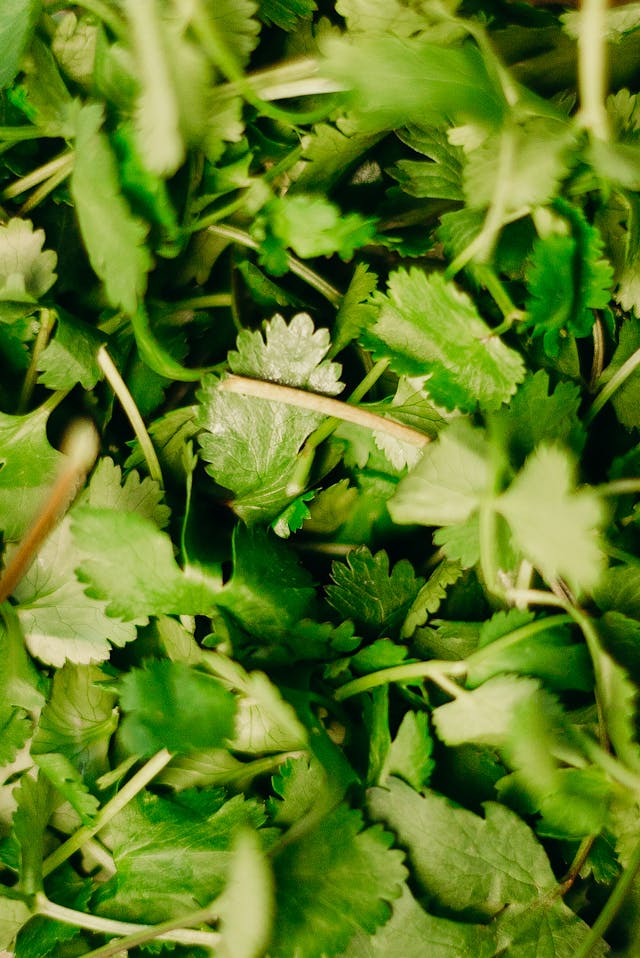
Cilantro is a flavorful herb used in many dishes around the world. Its fresh, citrusy taste adds a delicious kick to salsa, salads, and more. Plus, it’s easy to grow right in your garden.
When planting cilantro, find a spot with partial shade, especially in warmer climates. Cilantro prefers well-drained soil that’s rich in organic matter. You can sow cilantro seeds directly into the ground or start them indoors and transplant them outside later.
To plant cilantro seeds, scatter them lightly on the soil’s surface and cover them with a thin layer of soil. Keep the soil moist but not waterlogged, as cilantro doesn’t like soggy conditions.
Cilantro grows quickly and can be ready to harvest in just a few weeks. You can start picking the leaves when they’re about 2-3 inches tall. Harvesting regularly encourages new growth and prevents the plant from going to seed too soon.
Once cilantro flowers and sets seeds (known as coriander), you can collect the seeds for culinary use or to plant more cilantro in the future.
Also Read – Can You Plant Peppers Deep Like Tomatoes
11. Butternut squash

Butternut squash is a fantastic choice after tomatoes because it brings different nutrients to the soil, helping to keep it healthy and productive.
Butternut squash is a delicious and versatile vegetable that can be used in soups, stews, casseroles, and even desserts. Plus, it’s packed with vitamins and minerals like vitamin A, vitamin C, and potassium.
To plant butternut squash seeds, sow them about 1 inch deep and 3 feet apart in rows. Keep the soil consistently moist but not waterlogged, especially during the early stages of growth.
As the butternut squash plants grow, they will produce long vines that can spread out in your garden. Make sure to provide support for the vines or direct them away from other plants to prevent overcrowding.
Butternut squash typically takes 75-100 days to mature, depending on the variety. You’ll know it’s ready to harvest when the skin turns a deep tan color and becomes hard to the touch. Use a sharp knife or pruners to cut the squash from the vine, leaving a few inches of stem attached.
Recommended In search of garden tools? Take a look at these offerings.
Why should I plant beans after tomatoes?
Beans are nitrogen-fixing plants that can help replenish the soil with this crucial nutrient, making them a great choice to follow tomatoes.
Can cucumbers be grown in the same conditions as tomatoes?
Yes, cucumbers can thrive in the same conditions as tomatoes and also provide good ground cover to help suppress weeds.
What makes peppers a good choice to plant after tomatoes?
Peppers have similar soil requirements to tomatoes and add a pop of color and flavor to your garden.
When is the best time to plant lettuce after tomatoes?
Lettuce is a great cool-season crop that can be planted after tomatoes in the fall.
Why is spinach a good choice to follow tomatoes in the fall?
Spinach is packed with nutrients, can be harvested young for baby spinach, or left to mature, making it a great choice to plant after tomatoes.
How can carrots help improve the soil left behind by tomatoes?
Carrots are a root crop that can help break up compacted soil left behind by tomatoes, making them a beneficial choice to follow tomatoes.